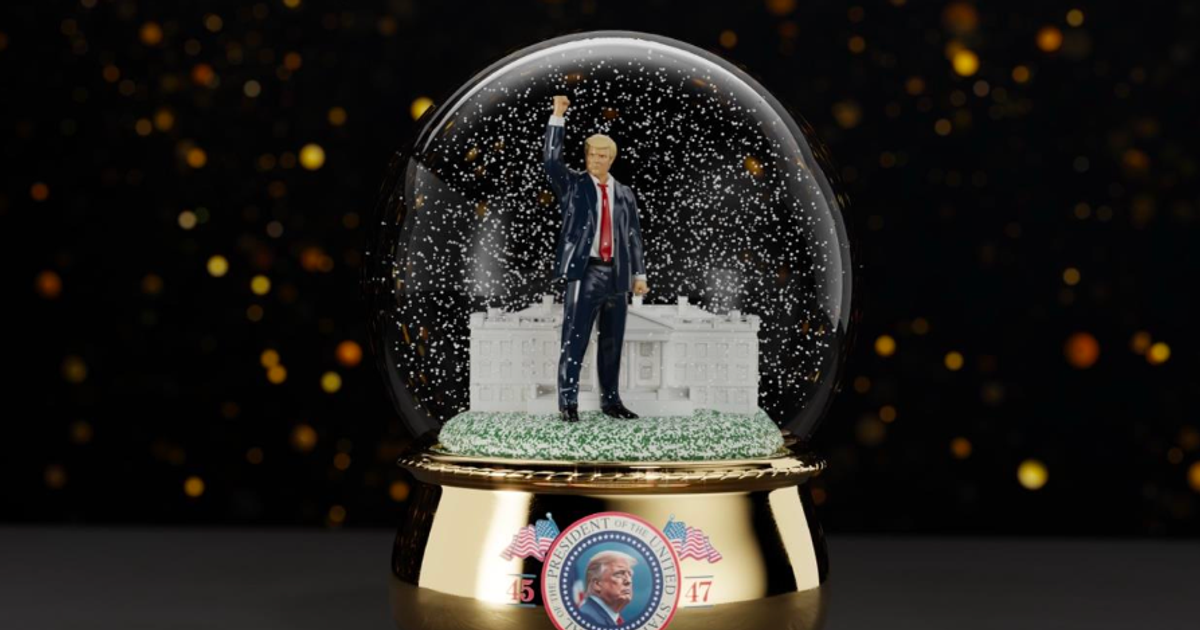- cross-posted to:
- news@lemmy.world
- cross-posted to:
- news@lemmy.world
cross-posted from: https://lemmy.world/post/31556535
This is actually so gross. Do companies like Instant Pot think this will make people outside of the States like them any better? I wanted an Instant Pot but they can go to hell now. Like hell I’m supporting a company supporting a president threatening annexation of my country
https://en.wikipedia.org/wiki/Instant_Brands
In 2008, Robert Wang, Yi Qin, and one other friend, all former employees of Nortel in Ottawa, Canada, started working on designs for the Instant Pot.[4] Wang is credited as the inventor of the Instant Pot.
Apparently, the Instant Pot is out of Canada, interestingly enough.
That’s the founders, they don’t own it anymore
The Crock Pot branded essentially knockoffs are good. We’ve had one for years. Haven’t seen anything about ill-advised political pandering there so far, at least.
Have you heard anything about Ninja? I can’t seem to find much about SharkNinja and Trump other than comments about the tariffs…
Ninja is what we have - good brand and wide range of products.
I love this! Companies are doing the hard work for me of knowing which products I shouldn’t buy with trump contamination warning labeling right on the package? More of this please!
Olson said. “All of these companies, including those not listed such as LLFlex and Anchor Hocking, are extremely supportive of President Trump and the MAGA Agenda,
See? This is usually how I have to figure out what companies to boycott. Anchor Hocking is now on my “never buy again” right next to Goya.
One of the companies, Instant Pot Brands, noted that “a portion of the profits from” its forthcoming collection “will be donated to the Trump Presidential Library.” Instant Pot, which makes kitchen and home appliances, said in its release that it will offer a “45/47 Collaboration,” including various items branded with those numbers and Trump’s “Make America Great Again” tagline.
Yes, that a perfect name, let’s call them collaborators.
I hope this backfires on these companies and they lose support. I know I won’t be buying any of their products.
“Instant Pot Brands” (and others)
Noted. I have now stopped recommending these. It’s a shame, the device itself is ok. But I’m sure there are alternatives.
is there an “i bought this before instant pot went crazy” bumper sticker appropriately sized for say a pressure cooker asking for a friend? possibly an embroidered patch?
It should be “I bought this before its creator was acquired by a private equity firm”
Then it could be used with all sorts of products
They’re expecting him to be wildly popular for the first few months of the war.
I just prepared another company to add to my boycott list.
Well, fuck Instant Pot, I guess. My friend loves hers, but now I can never buy one. Might need to tell her to get rid of hers.
What’s a good alternative?
Also, fuck Lenox.
Don’t get rid of a perfectly usable product just because the company’s gone wacko.
I’m amazed it took them this long to realize that his subjects will literally buy anything with this name on it.
Goddammit. I use my InstantPot every fkn week. I guess once this one croaks, I’ll try the Ninja version. Friend of mine says it’s great. I’ll do my homework and make sure they don’t openly support slavery or eugenics.
Do they offer the promised cheaper eggs, too?
you know i oughta make some trumk brand gold spraypainted toilets. i bet trumpers would love em, and everyone else would maybe get a small kick out of em and i could actually sell em at a reasonable cost. wonder if i could get the folks at niagara in on this.
This stupid fad is gonna have a hell of a hangover in 10 years…
We are not guaranteed to come out of this at all, acting blithe about it isn’t helping
Sad wound-be King in snow.
… you have tarnished a precious memory…
So does that mean TJ Max as well?











